CITiZAN North Set Sail
14/05/2019 | Chris Kolonko
Team North recently set course for the East coast to meet our volunteers and investigate the Humber and Lincolnshire regions. 2019 is set to be an eventful year as we bring Phase 2 of CITiZAN to Northern shores.
A new phase means a new team! Sam Griffiths and Chris Kolonko have now joined old hand Andy Sherman to deliver the project in the Humber and Liverpool Bay Discovery Areas.
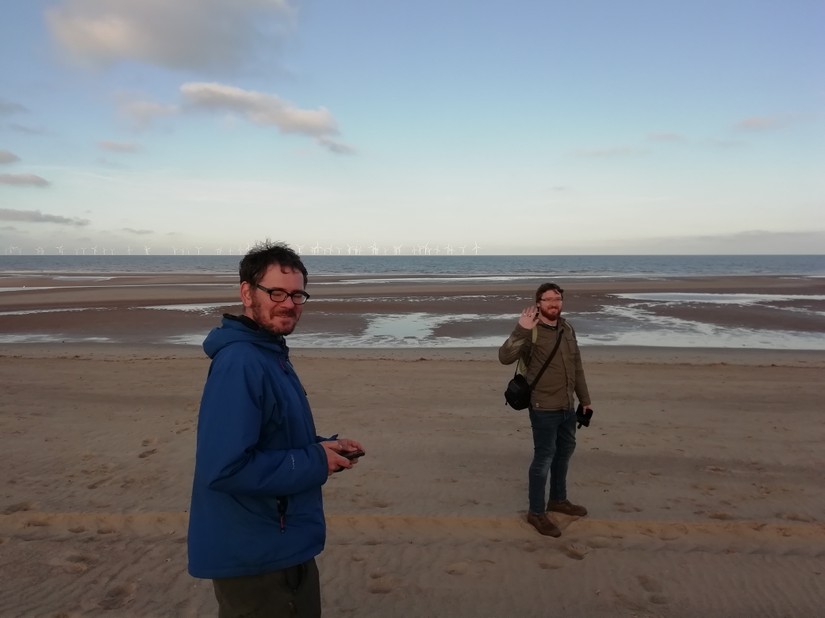
Find out more about the team HERE
Our aim was to get familiar with the areas we’ll be working in over the next 3 years, identify additional archaeological remains and meet up with our brilliant volunteers. Along the way we discovered and recorded a range of new sites. Here’s what we found.
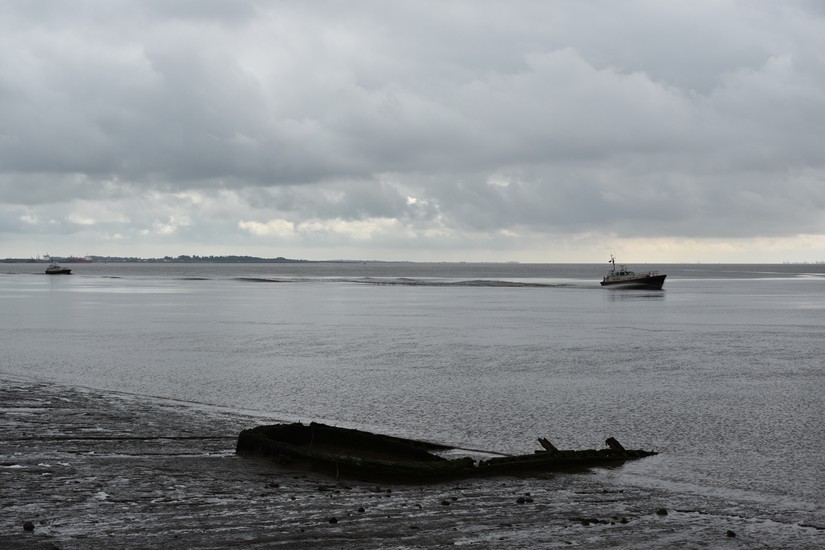
Hull
We kicked off our recce with a visit to Hull to take a look at the vast range of archaeological remains in and around the Humber docks.
The area features a surprisingly diverse range of sites; including fixtures and fittings from the dock’s industrial past, buildings associated with travel across the Humber in the days before the Humber Bridge, and the architectural remains of a 16th century fort.
Walking around the former site of the Hull dockyards revealed many interesting and previously unrecorded features.
Earle's Shipyard
We started our journey with a visit to the site of Earle’s Shipyard. The familiar hulks in the former tidal dock of Earle’s Shipyard were particularly clear, with the remains of all three vessels exposed.
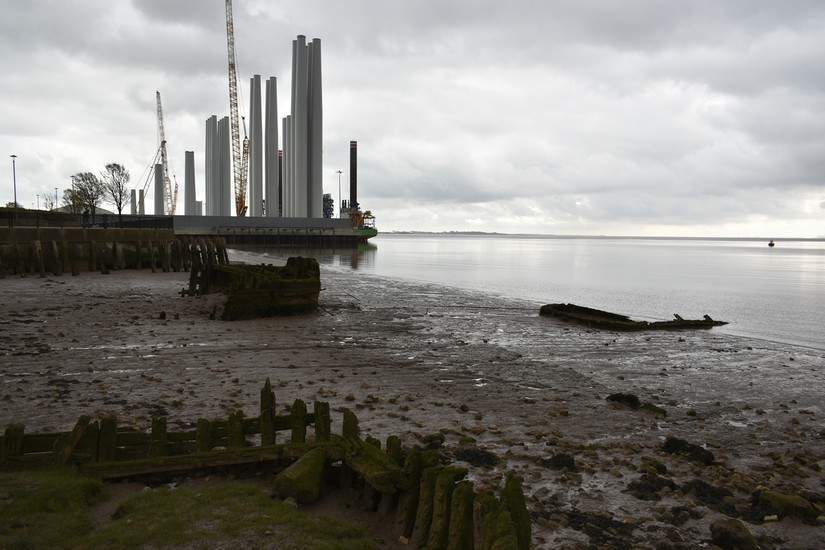
Humber Ferry Booking Office
After a walk along the prom we found ourselves at the Victoria Pier.
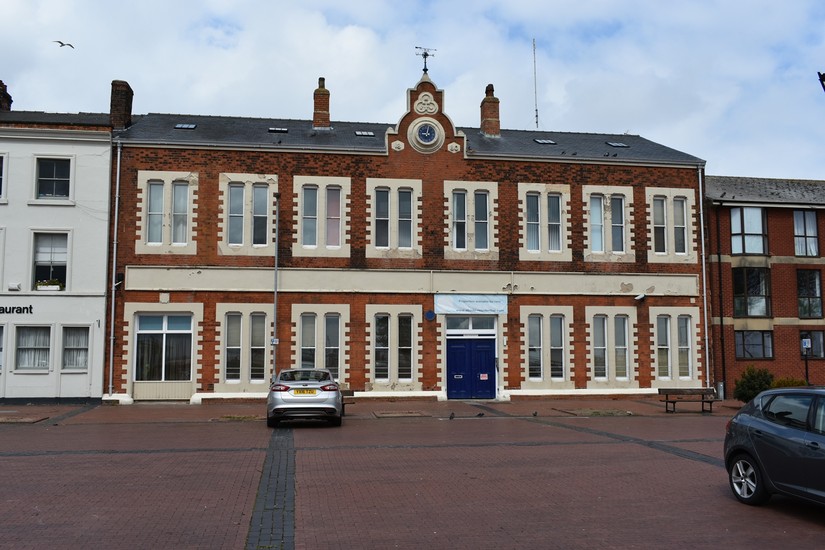
Travel across the Humber in the days before the Humber Bridge usually involved a trip on the Humber Ferry, or a long journey inland. The ferry would depart from the Victoria Corporation pier in Hull and set sail for New Holland on the North Lincolnshire side of the Humber.
The ticket office that opened in 1880 and was in use until 1981 (the year the Humber Bridge opened) can be found across from the site of the pier.
The Horse Wash
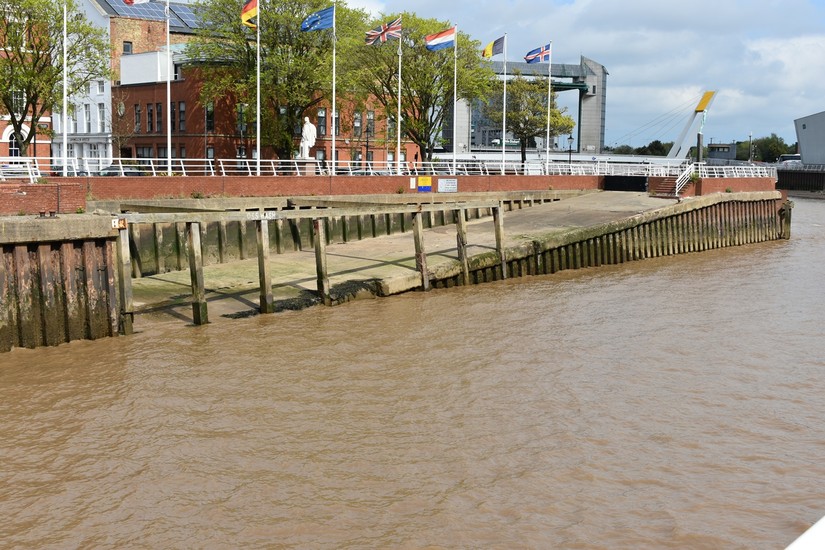
The ‘Oss Wash' now lies redundant but is an interesting industrial feature in its own right. Working horses from the nearby docks and markets would be brought here for a wash, a rest and a chance to cool down. At high tide the lower section of the ramp would be submerged, allowing easy and safe access to the water for the horses.
A depiction of the horse wash in use was painted by James Ashton in 1931.
Humber Bridge
After our visit to Hull we journeyed onward to the Humber Bridge to walk from East Yorkshire to North Lincolnshire. There was a very good reason for walking the bridge from end to end. The panoramic views available from the Humber Bridge make it possible to see a range of sites across the Humber and North Lincolnshire.
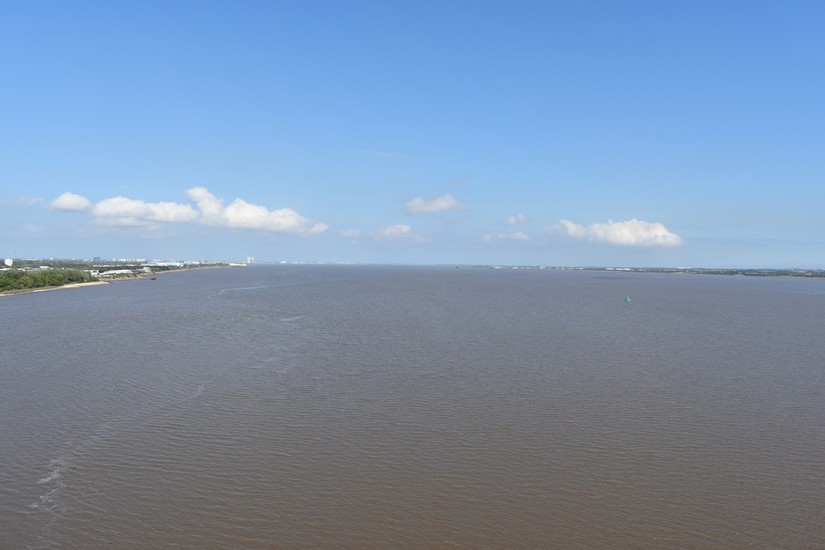
The Humber Bridge will feature in one of our upcoming Low Tide Trails, so watch this space!
Sutton on Sea
Along our way south we popped in to Sutton on Sea to meet up with long term volunteers Lianne and Jordan.
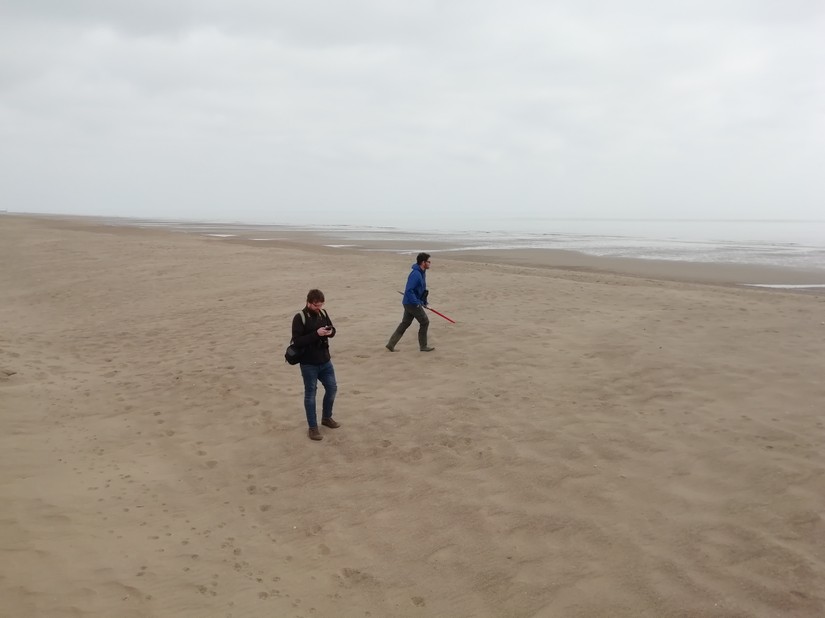
Lianne and Jordan regularly monitor the foreshore around Sutton on Sea, providing us with very useful information and records for new sites. Their knowledge of the local area has been key to discovering, recording and monitoring many new archaeological features in the intertidal zone of Lincolnshire.
While in Sutton we took the opportunity to monitor the wreck of the Acorn. Jordan has written about the Acorn for Historic England. The surviving timbers are now heavily besanded and no longer visible. Continued monitoring of sites is extremely important as it gives us an idea of current levels of preservation and whether sites are exposed to the elements.
We also took a closer look at a few other nearby features on the promenade.
The Lion Pillar
As with a lot of coastal towns during the late 1800s, Sutton on Sea became a popular seaside resort. An ornate promenade was constructed in the 1880s to provide the Victorian travellers with somewhere nice to walk and take in the fresh sea air.
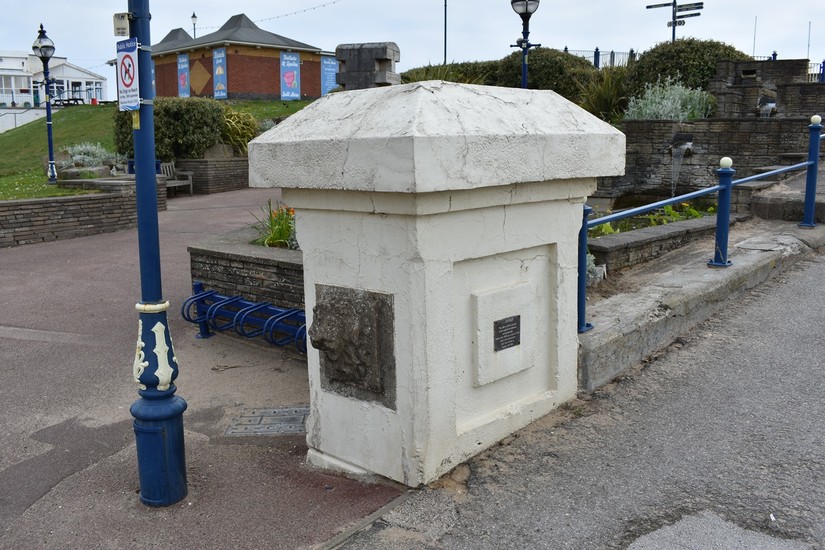
Unfortunately, heavy floods in 1953 destroyed the promenade and sea defences of Sutton on Sea, leaving the town inundated.
The Lion Pillar was once part of the 19th century promenade and is now the sole surviving fragment of the once extensive structure.
The Lifeboat House
Life saving and rescuing the crews of ships in distress is an integral part of coastal community life.
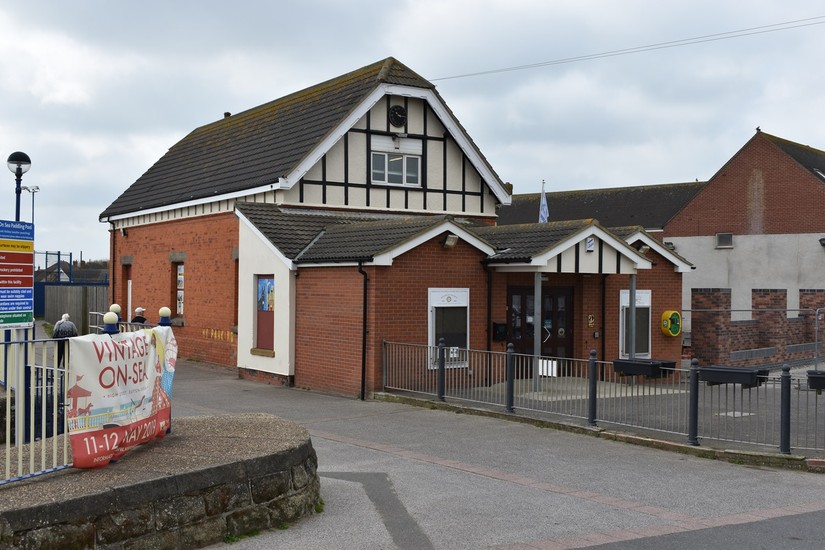
The Sutton on Sea Lifeboat House was built in 1865. Since its construction the building has seen several interesting uses, including a textile factory and a theatre with its own palmist and mind-reader.
The Lifeboat House still survives today and is now used as a Youth and Community centre.
Cleethorpes
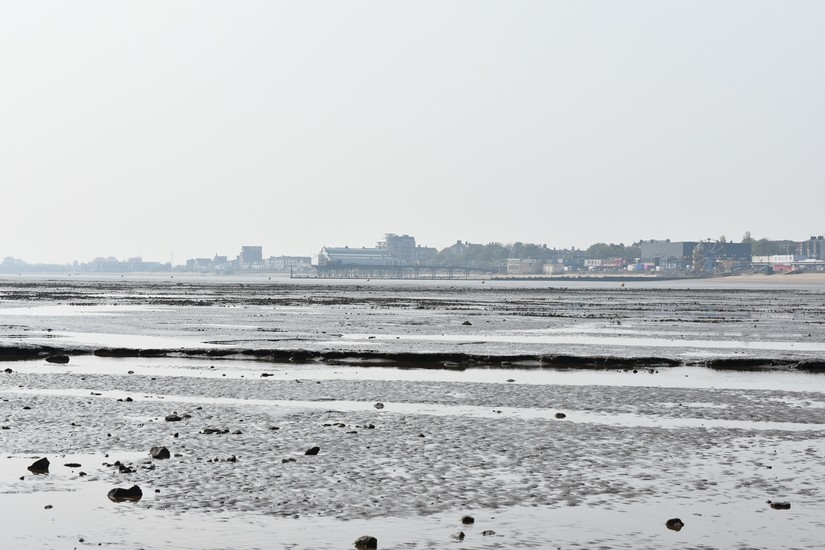
It was time for the new team members to get hands on with the Cleethorpes foreshore’s fascinating archaeology.
Almost four years to the day of CITiZAN North’s first visit to Cleethorpes, the team returned once again; this time exploring the Humber’s prehistoric drowned landscape. Joining us on the day was John, one of our earliest volunteers, who records features around the country for us with our app (more on John’s findings later).
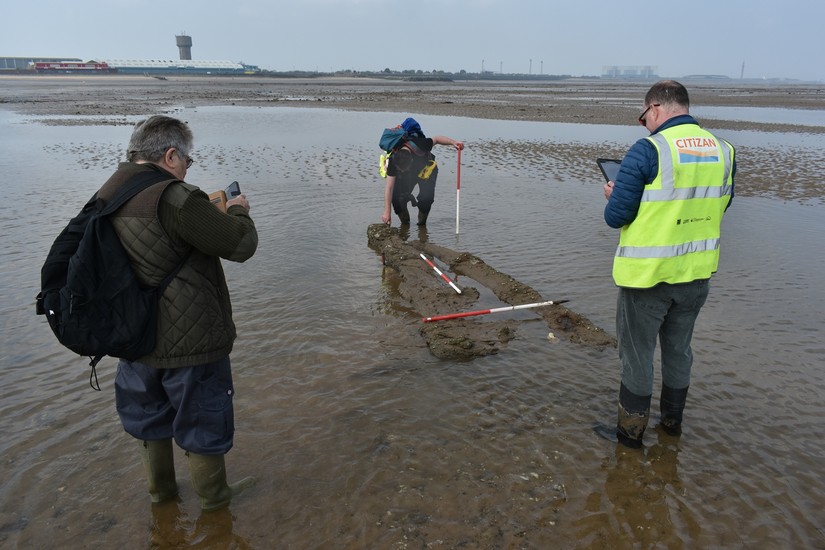
Cleethorpes is located on Lincolnshire's East coast, at the mouth of the Humber Estuary. Before the 19th century Cleethorpes was a collection of small fishing villages. This had all changed by the 1860s with the coming of the railway. Cleethorpes quickly grew into a sizeable seaside resort with a pleasure pier and a reputation for sea-bathing.
One of the joys of coastal archaeology is that your site is constantly evolving; with new features being uncovered all the time, while others are eroded or accreted (buried). The exciting part is you're never quite certain what you’re going find on the foreshore.
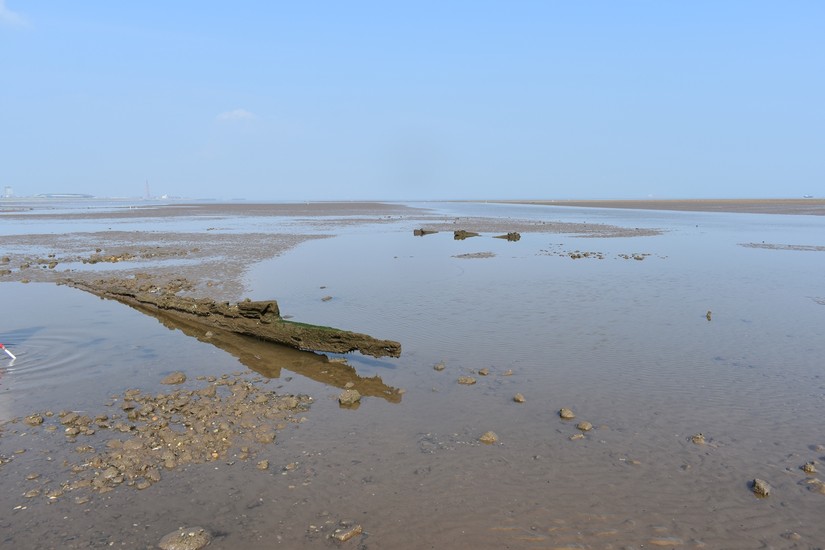
On this visit a whole new area of the submerged forest had become exposed well to the south of the original exposure. Another new feature was a possible fishtrap of later date running through the newly exposed forest remains. There were also several new shipwrecks exposed, probably dating from the 19th century and possibly relating to the occasional shipbreaking industry that was run from the beach at Cleethorpes. So there’s plenty for the new team to get their teeth into and record over the next three years.
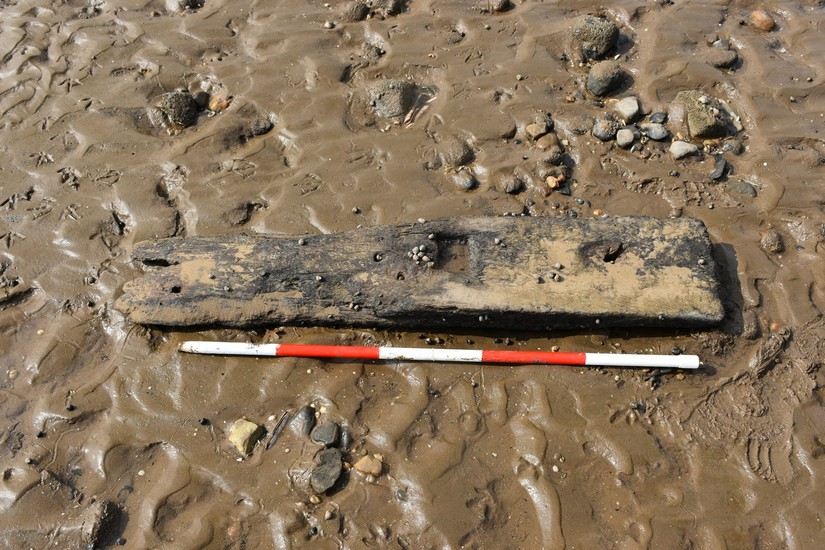
John’s Auburn Update
John has been very busy over the hiatus period recording many new features as they appear on the foreshore. Recently, John revisited Auburn Sands, an area covered extensively by him and the CITiZAN North team.
Wartime concrete litters Auburn Beach. To the untrained eye much of the smashed concrete lying on the beach will be unidentifiable as wartime defences.
John identified and recorded this excellent lump of concrete with an inscription during his last visit to Auburn Sands. It is clearly incised with ‘6|40’.
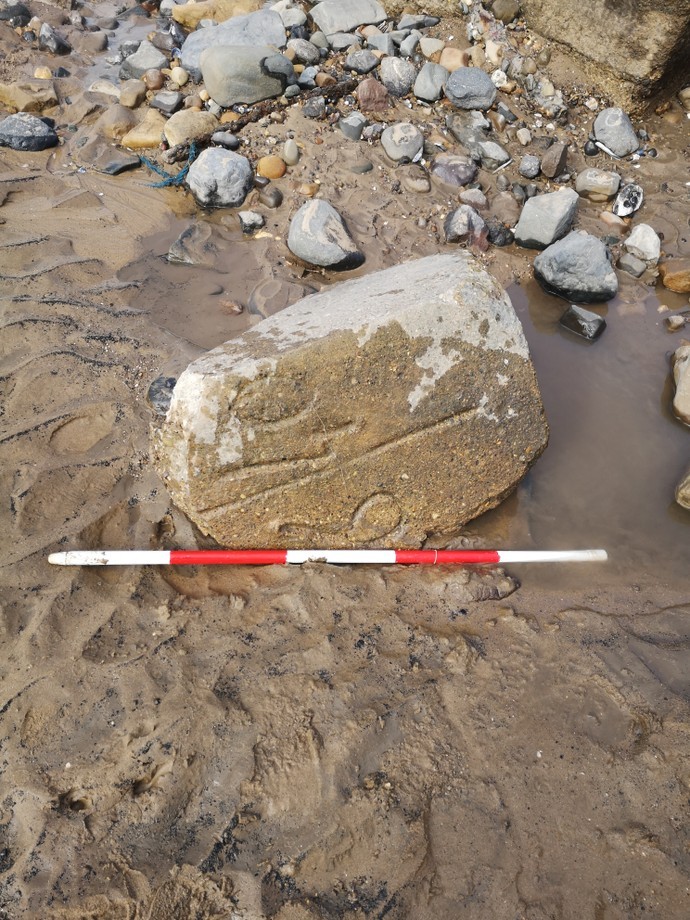
This caused much head scratching in the CITiZAN North office. Initial suggestions included a boundary marker or an architectural feature.
Chris believes this is a section of a wartime pillbox with graffiti of the date of construction: June 1940. This would tie in with the start of construction in this area of the defences during the Second World War.
Rest assured, the CITiZAN North team will be visiting Auburn Sands again in the near future to get to the bottom of this little mystery.








